Zoe Gilbertson on Bioregional Fibersheds & New Fashion Commons
Look behind the glitz and glamour of global fashion, and you will find an ecologically harmful, anti-social industry largely unable to shed its capitalist dynamics. Its factories generate huge amounts of pollution and rely on underpaid, abused sweatshop labor. Fast fashion fills up landfills with mountains of cheap clothing discarded after a few uses. To keep consumption and sales going, fashion's relentless marketing machine peddles fantasies of luxury, rail-thin bodies, and sex appeal.
While this juggernaut may seem unstoppable, a brave and hardy band of creative insurgents is pioneering entirely new models of textile production, garment design, production and distribution. Their goals are to rehumanize and relocalize garment production, and to escape the hamster wheel of endless consumerism and economic growth.
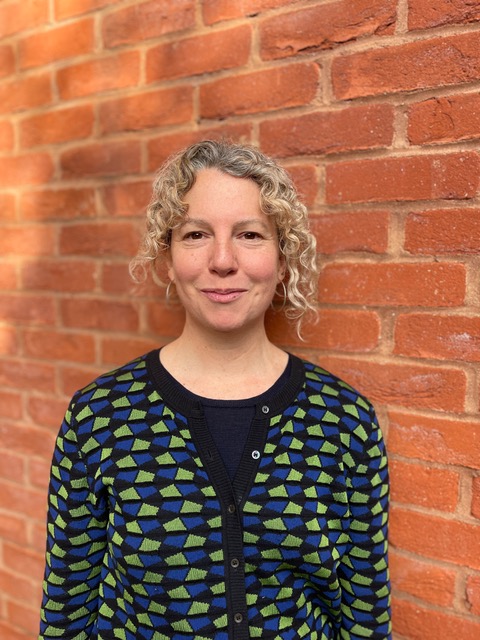
To get a better sense of what this grassroots global movement looks like, I recently spoke with British designer/ecologist/activist Zoe Gilbertson on my podcast, Frontiers of Commoning (Episode #56).
Gilbertson has worked in the fashion industry for more than 20 years -- for an athletic shoemaker in Germany, a major outdoor clothing brand in Canada, and eventually at her own startup company. But it slowly dawned on her that the ecological performance of major fashion houses was painfully modest if not an outright marketing deception.
Inspired by climate activists, coursework at Schumacher College in Devon, England, and by her father -- who helped start the fair trade movement -- Gilbertson decided to take a deeper plunge. With support from a Churchill Fellowship, she began an in-depth research project to explore the feasibility of bioregional fiber production. She wanted to figure out ambitious, practical ways of transforming fashion from the ground up (literally!).
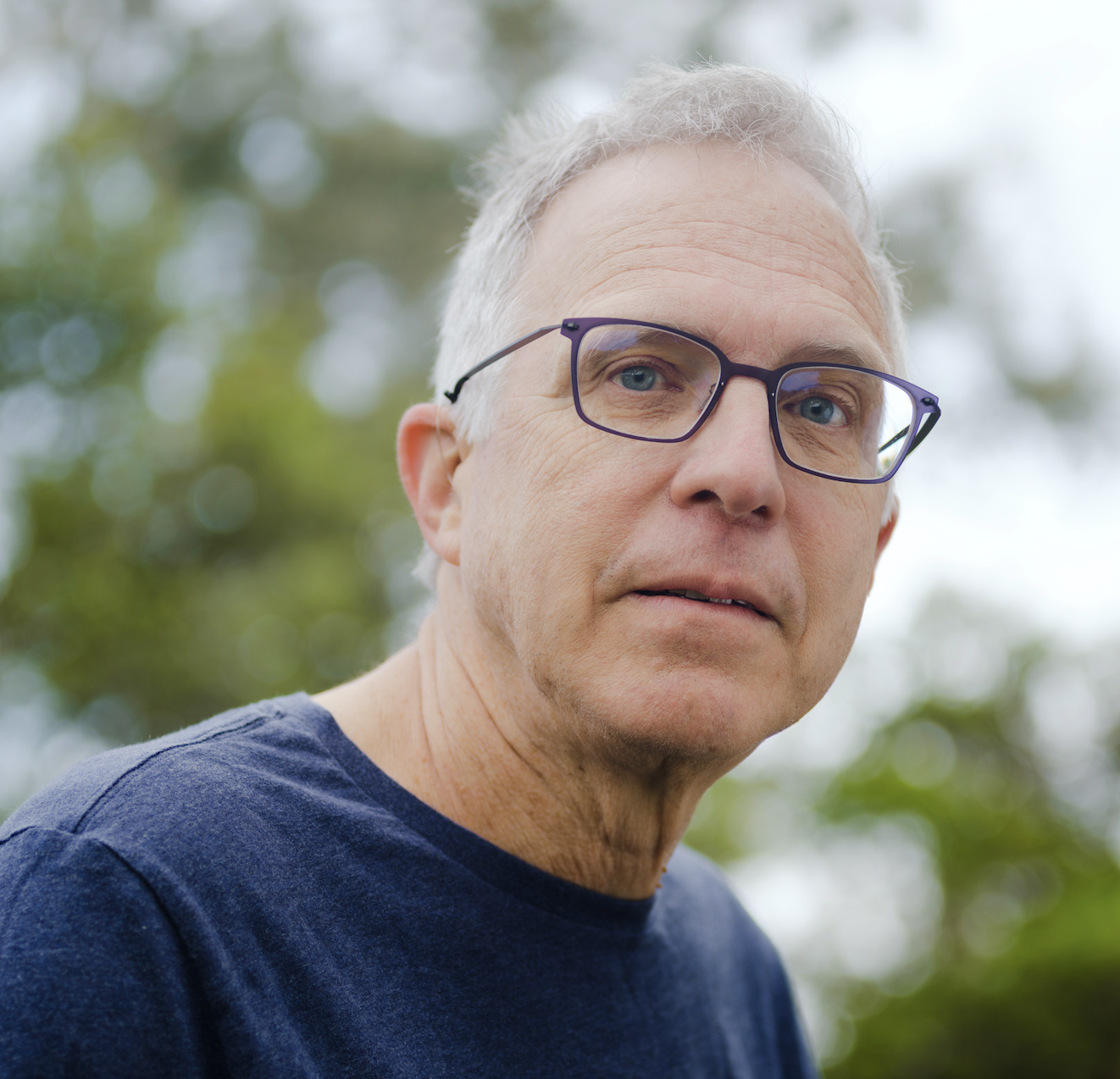
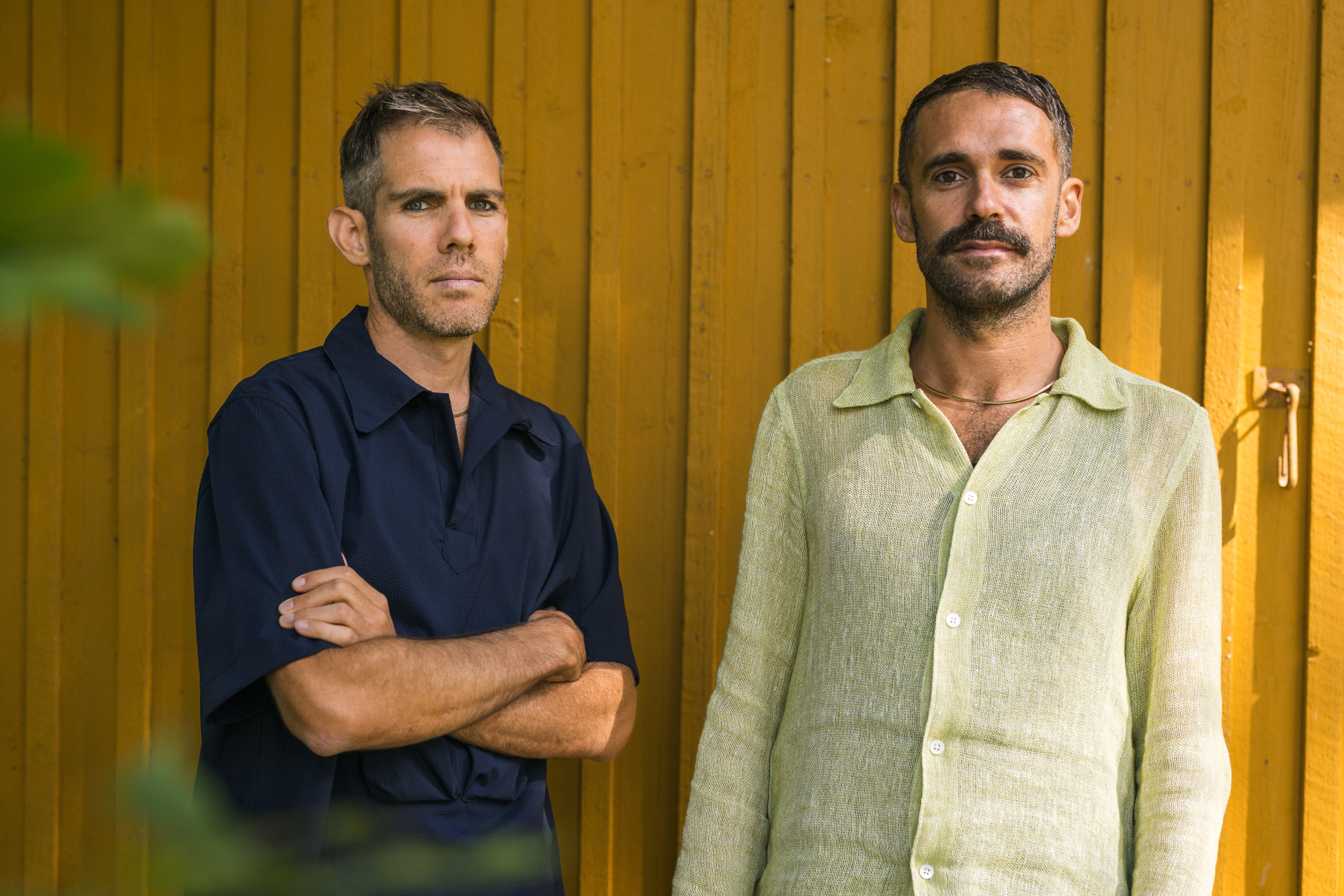
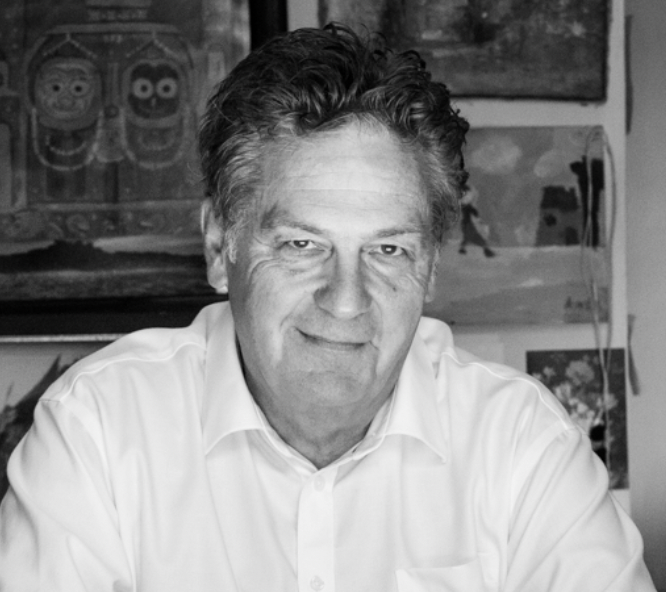
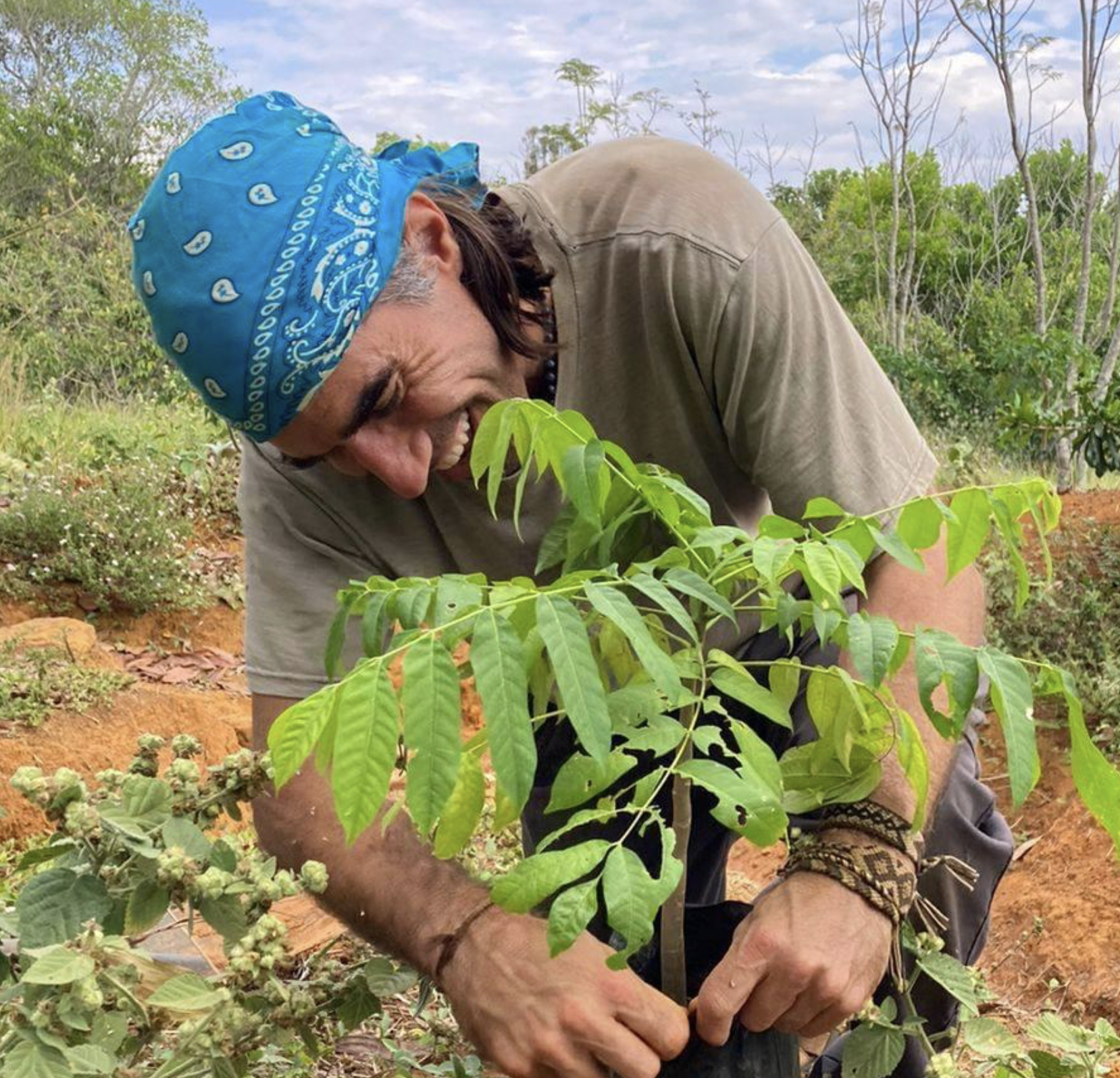
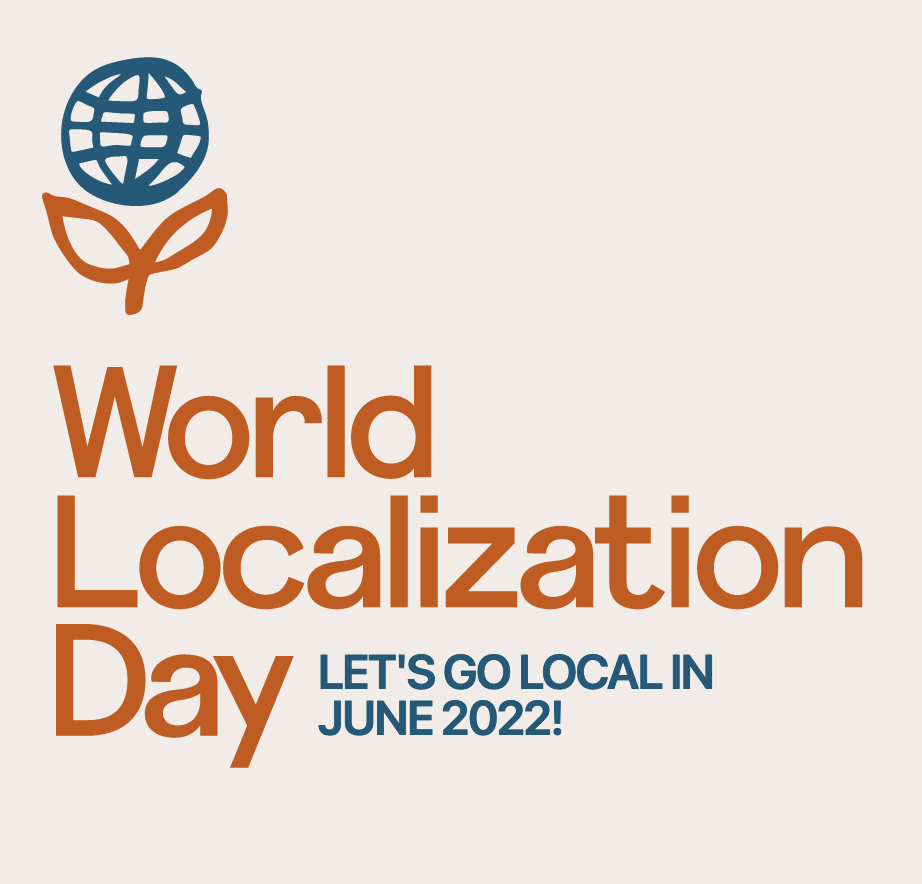
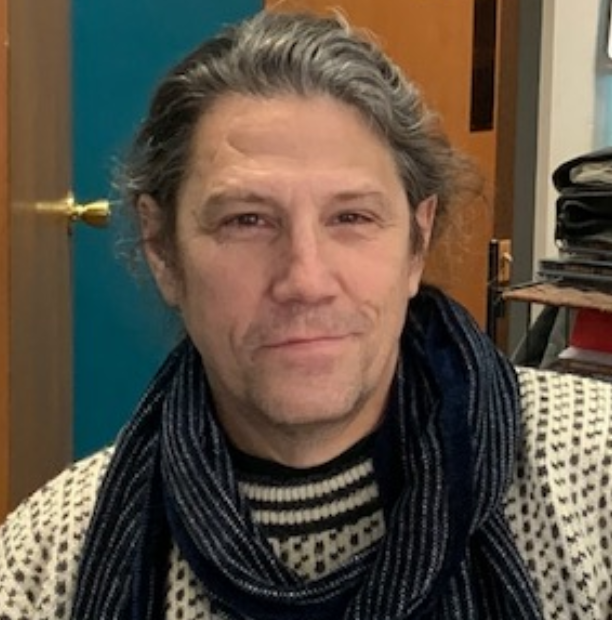
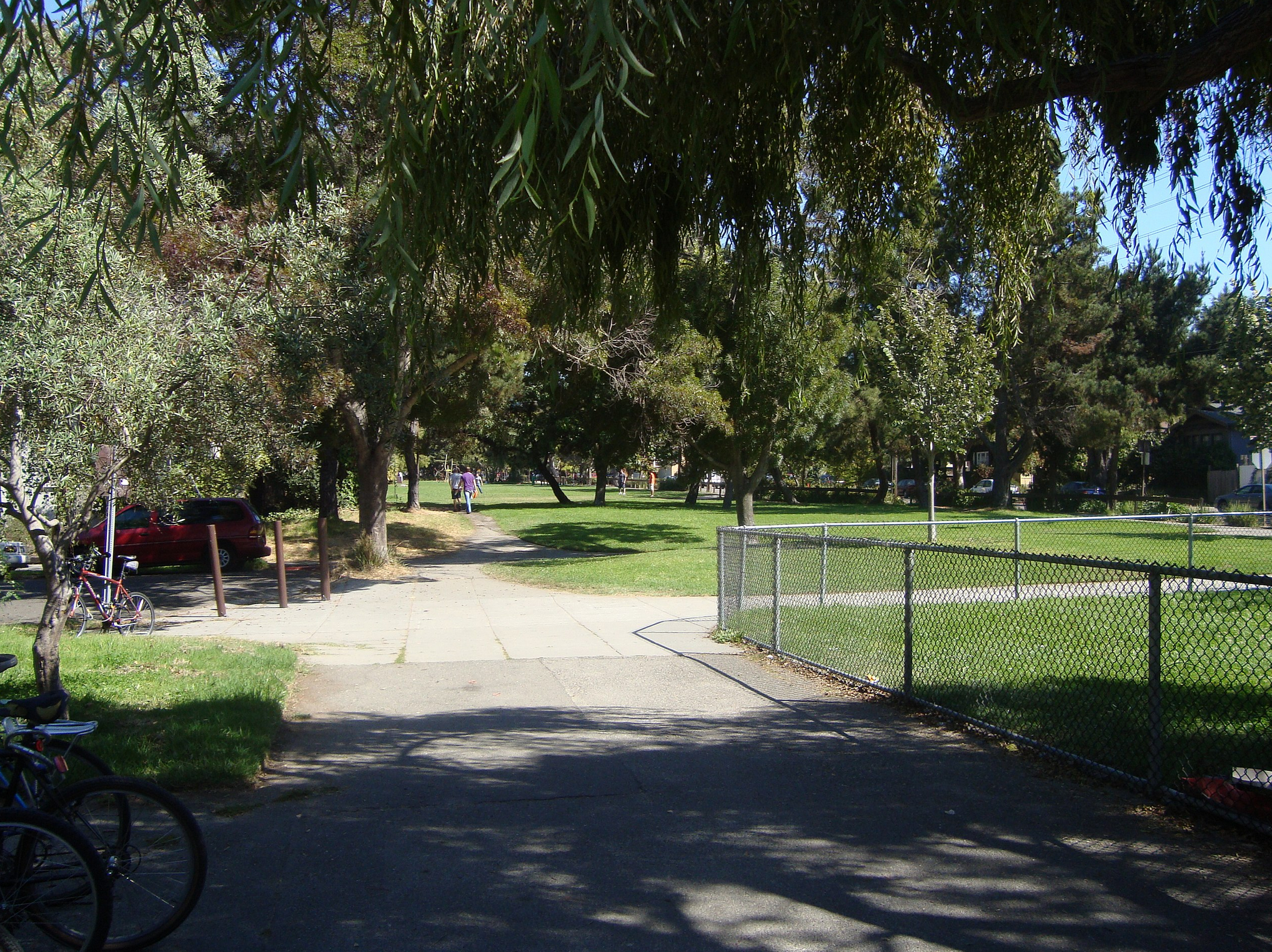
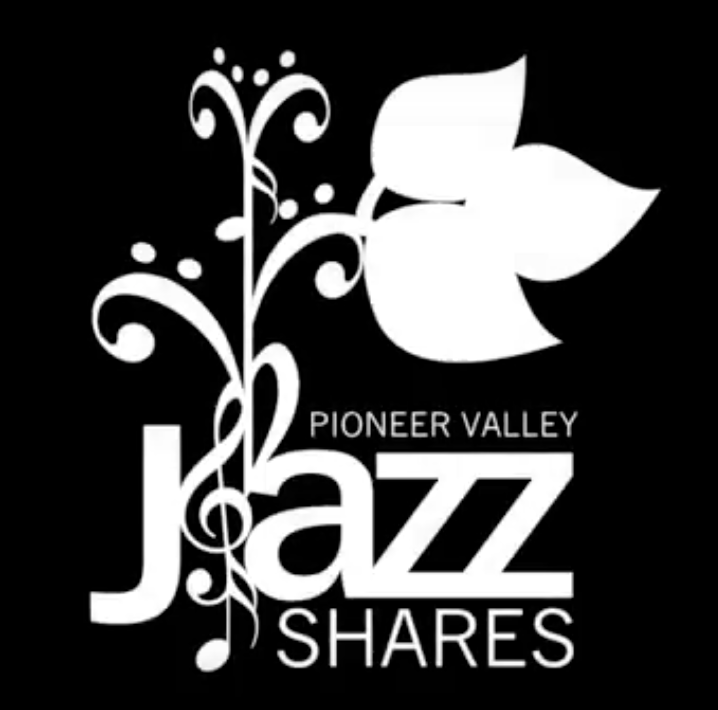
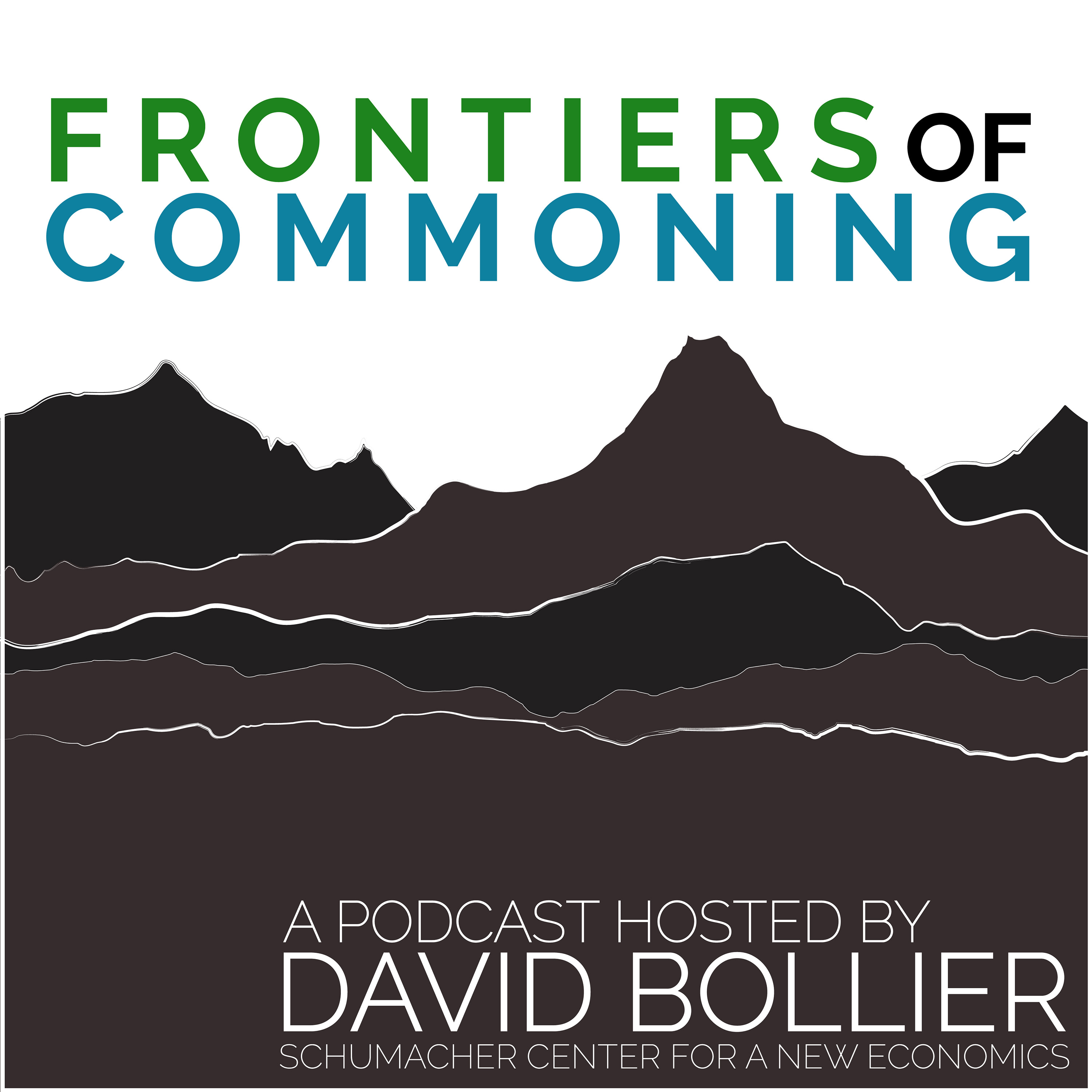
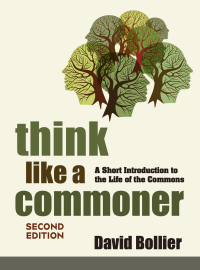
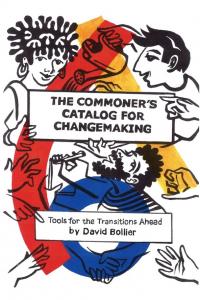
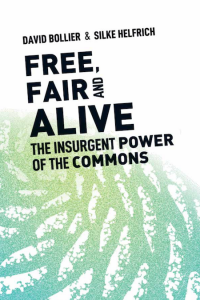
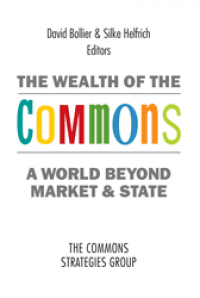
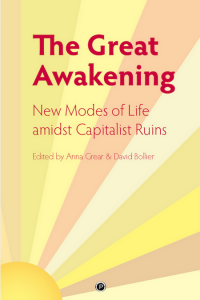

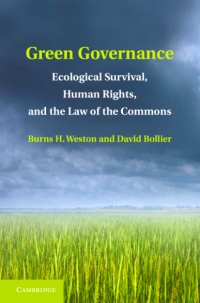

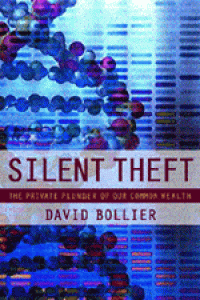
Recent comments